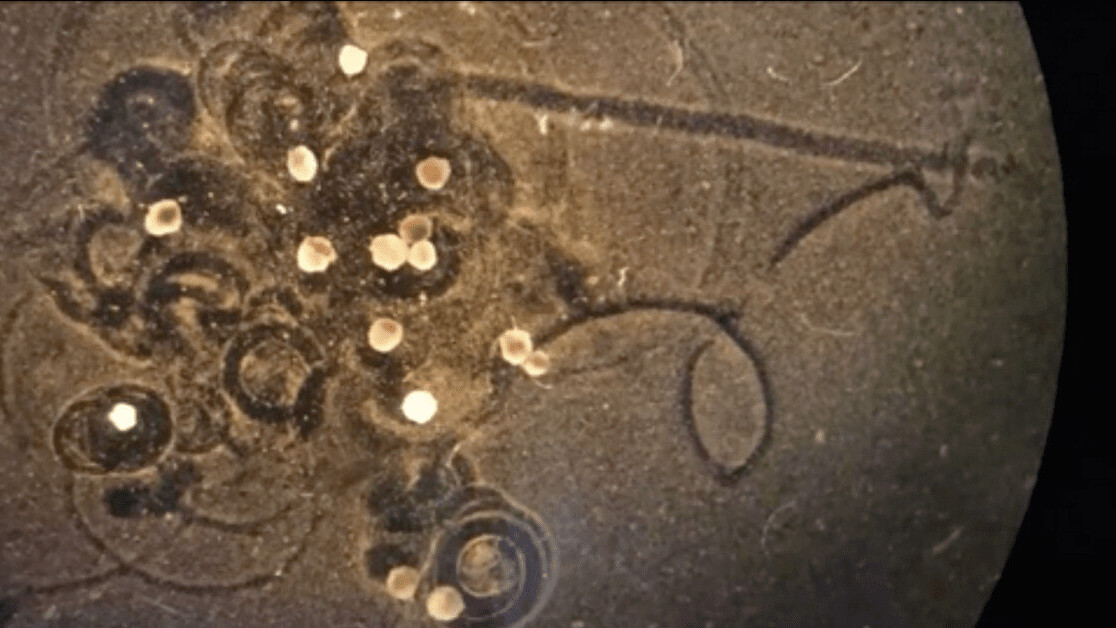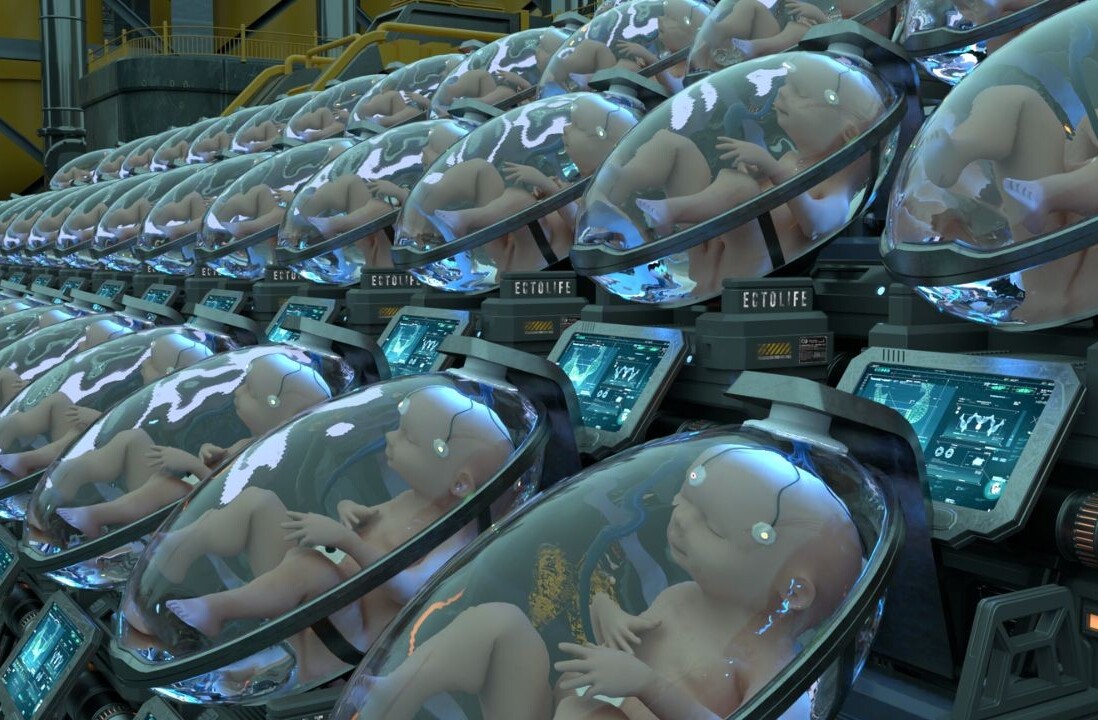
Scientists have used the stem cells of frogs to create new living robots that can heal themselves and even record memories.
Named “Xenobots” after the Xenopus laevis frog that supplies their cells, the machines are an upgraded version of devices that were first unveiled last year.
Like their predecessors, the new Xenobots can work together in groups and self-heal. But version 2.0 are faster, live longer, and can record information about their surroundings.
The researchers believe future models could detect diseases and deliver drugs to specific areas of the body.
Programming nature
Biologists at Tufts University made the tiny robots by microinjecting amphibian eggs with RNA. After 24 hours, they removed the egg membrane.
Next, they harvested the stem cell tissue from the embryo. The tissue then formed into spheres with tiny hair-like structures — called cilia — that move to propel the bots across a surface.
As the Tufts scientists worked, their colleagues at the University of Vermont (UVM) used an evolutionary algorithm running on a supercomputer to simulate how different Xenobot shapes would behave.
The simulations identified which designs worked best gathering debris within a field of particles. The researchers say the new Xenobots were far better at the task than version 1.0.
[Read: How to use AI to better serve your customers]
The team also gave the robots a basic memory function.
The capability is powered by a fluorescent reporter protein called EosFP, which normally glows green, but emits a red color when exposed to light at 390nm wavelength.
The researchers injected the cells of the frog embryos with messenger RNA coding for the protein, which enabled the mature Xenobots to record exposure to blue light at around 390nm.
They tested the function on 10 Xenobots swimming around a surface where one spot was illuminated by the light. After two hours, three of the bots emitted a red light, while the rest remained green.
The researchers say this provided a memory of their “travel experience.” With further improvements, they believe the function could record the presence of drugs, pollutants, or disease conditions.
Team member Josh Bongard, a robotics expert at UVM, said they could also be engineered to perform more complex tasks:
We could potentially design them not only to report conditions in their environment but also to modify and repair conditions in their environment.
You can read the research paper in the journal Science Robotics.
Greetings Humanoids! Did you know we have a newsletter all about AI? You can subscribe to it right here.
Get the TNW newsletter
Get the most important tech news in your inbox each week.





